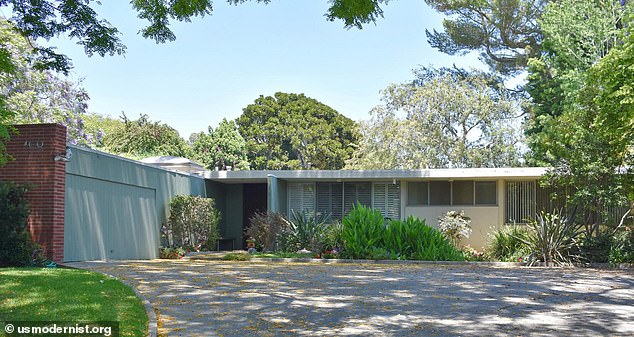Historic homes are being torn down and replaced with modern mansions as a worrying new trend spreads across the United States.
The issue became a topic of conversation in recent weeks after actor Chris Pratt and his wife Katherine Schwarzenegger demolished an iconic 1950s Los Angeles home to make way for a massive farmhouse-style mansion.
The celebrity couple bought the Brentwood property, known as the Zimmerman House, for $12.5 million last year, but tore it down at the time of purchase.
The couple is set to replace it with a sprawling 15,000-square-foot mansion that has angered preservationists who say the move is part of a trend of buying historic homes for the land, demolishing them and building larger homes in their place.
‘This situation is not isolated. “We lose homes like this more than we’d like to say,” said Adrian Fine, president and CEO of the Los Angeles Conservancy, told the Washington Post.
Chris Pratt Tore Down an Iconic 1950s Los Angeles Home to Make Way for a Huge Farmhouse-Style Mansion
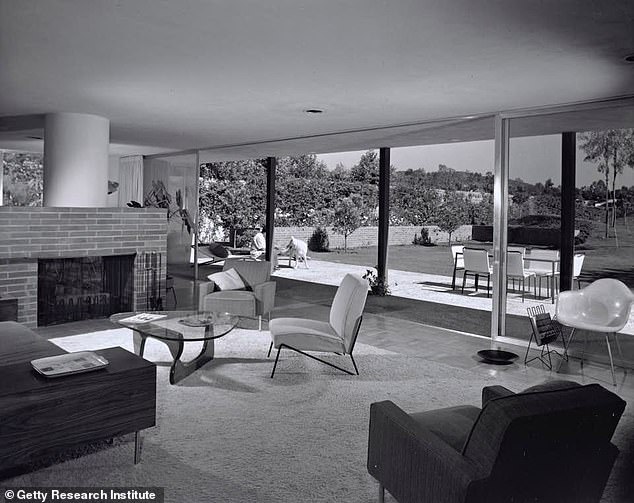
The actor bought the Brentwood property, known as the Zimmerman House, for $12.5 million last year, but tore it down at the time of purchase.

Chris Pratt and his wife Katherine Schwarzenegger are now building a larger mansion on the land.
“We’re seeing more of these types of demolitions, because people see them as valuable parcels of land,” Fine explained.
The problem of millionaires buying valuable land and tearing down the historic homes on it is not limited to California.
A mid-century home designed by Al Beadle is at risk of being demolished in Phoenix, Arizona.
A permit has been applied for for Beadle’s White Gate residence despite it being considered an architectural icon in the area.
The 1954 house was built as a showcase for the modernity of the era, and its white exterior contrasts with the red rocks of Camelback behind it.
The property was purchased earlier this year by a limited company and a permit has been applied for its destruction. according to the Modern Phoenix.
Elizabeth Waytkus, executive director of the nonprofit conservation group Docomomo US, told the Post that part of the desire to tear down and build is because modernist homes become less comfortable to manage as their internal systems begin to fail.
It’s also difficult to find workers who can repair faulty systems with technology installed about seventy years ago, according to Waytkus.

A demolition permit has been applied for for Beadle’s White Gate residence despite it being considered an architectural icon in the area.
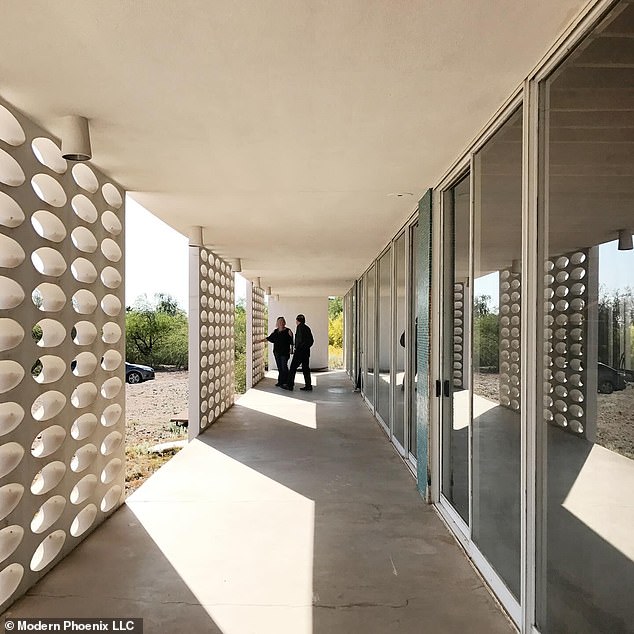
The property was purchased earlier this year by a limited company and a permit has been applied for its destruction.
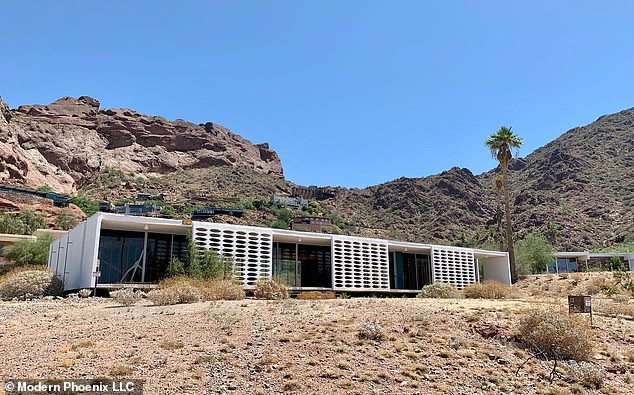
The 1954 house was built as a showcase for the modernity of the era, and its white exterior contrasts with the red rocks of Camelback behind it.

Two properties designed by brutalist architect Marcel Breuer are under threat
In one case, Waltkus contacted a couple who had purchased a house designed by Brutalist architect Marcel Breuer to introduce himself and ask what they planned to do with the property.
“The owner told me, ‘We understand what we have, we don’t plan to demolish it, we want our grandchildren to be able to use it in the summer,'” Waytkus told the Post.
And he added: “Two weeks later, he was gone.”
On the East Coast, another Breuer home is in danger of demolition on Cape Cod.
Wellfleet Cottage, built in 1949, sits on four acres of pine woodland.
Preservation charity The Modern House Trust has offered to buy the cottage and its historic contents if it can raise $1.4 million of the $2 million purchase price by the end of next May. WGBH Reports.
If they are not successful, they will sell it on the open market and probably demolish it, since the land on the property is worth more than the house.
Some architecture and preservation experts argue that Americans’ appetite for huge houses is part of the demolition problem.
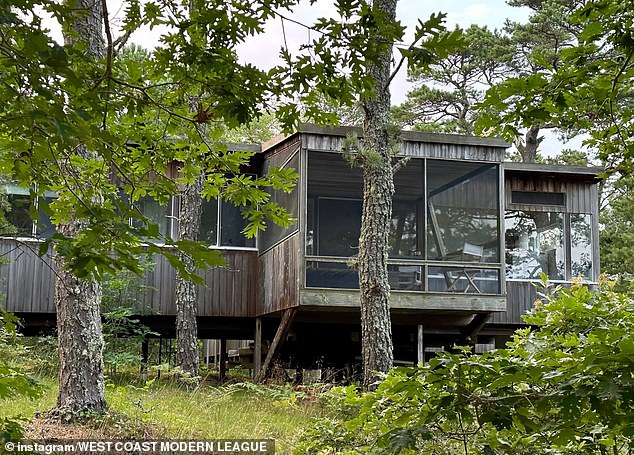
Wellfleet Cottage, another Breuer home threatened with demolition on Cape Cod
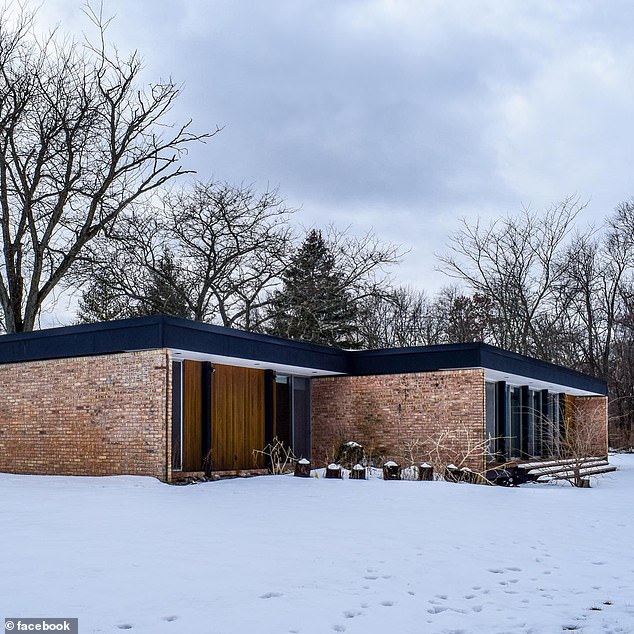
A developer will demolish a historic John Schmidtke home in Elgin unless someone is willing to move the building elsewhere.
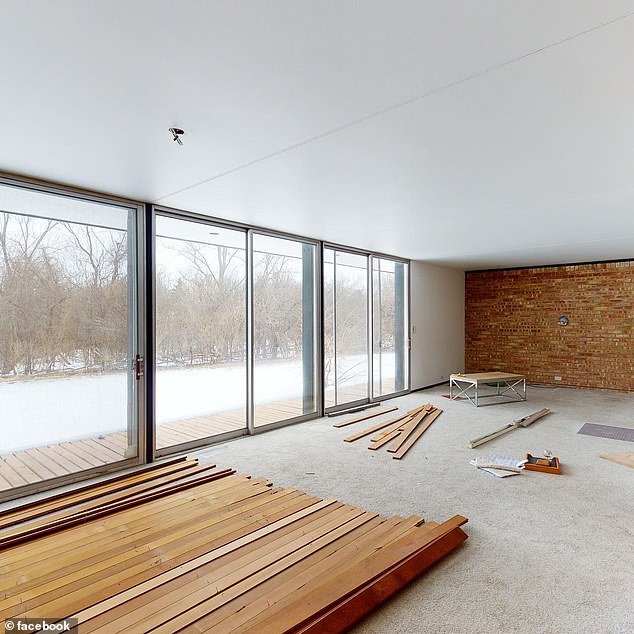
The 2,300-square-foot home was built in 1967 and was designated a historic landmark in 1996.
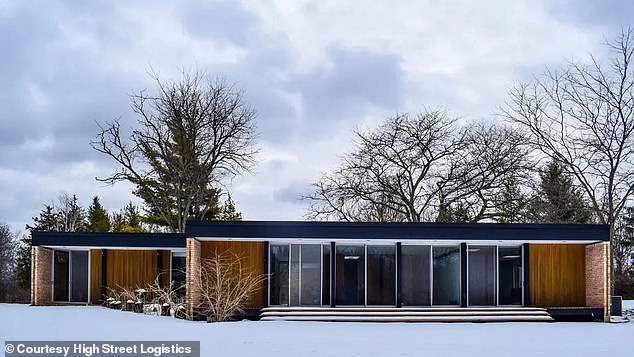
High Street Logistics paid $30 million for the property and four other neighboring parcels of land with plans to build two light industrial buildings.
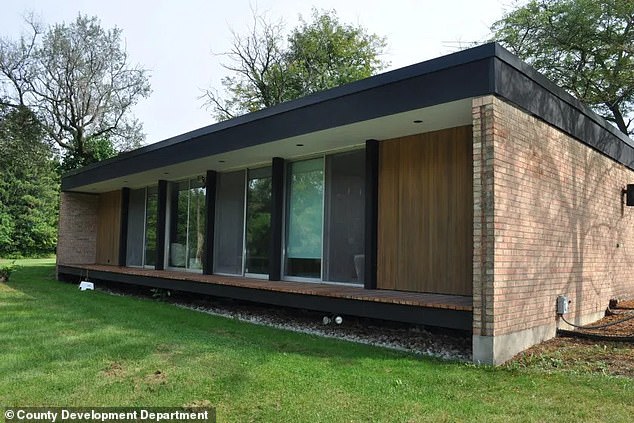
The company is willing to give up the Schmidtke house for free if it leaves, but so far no plan has been finalized.
The average single-family home built in 1973 was 1,525 square feet, but that increased to 2,383 square feet in 2022, according to data from the U.S. Census Bureau.
However, some argue that criticism of such excesses and shame does not help preserve more historic houses.
“It doesn’t do the preservation community any good,” Waytkus told the Post.
We miss the point,” he added, explaining that only persuasion and restrictions will work.
However, even when a compromise is sought, a solution is not always found.
In Illinois, a developer will demolish a historic John Schmidtke home in Elgin unless someone is willing to move the building somewhere else.
The 2,300-square-foot house was built in 1967 and was designated a historic landmark in 1996, but was purchased by a developer interested in the land. reported the Chicago Tribune.
High Street Logistics paid $30 million for the property and four other neighboring parcels of land with plans to build two light industrial buildings.
The company is willing to give up the Schmidtke house for free if it leaves, but so far no plan has been finalized.


